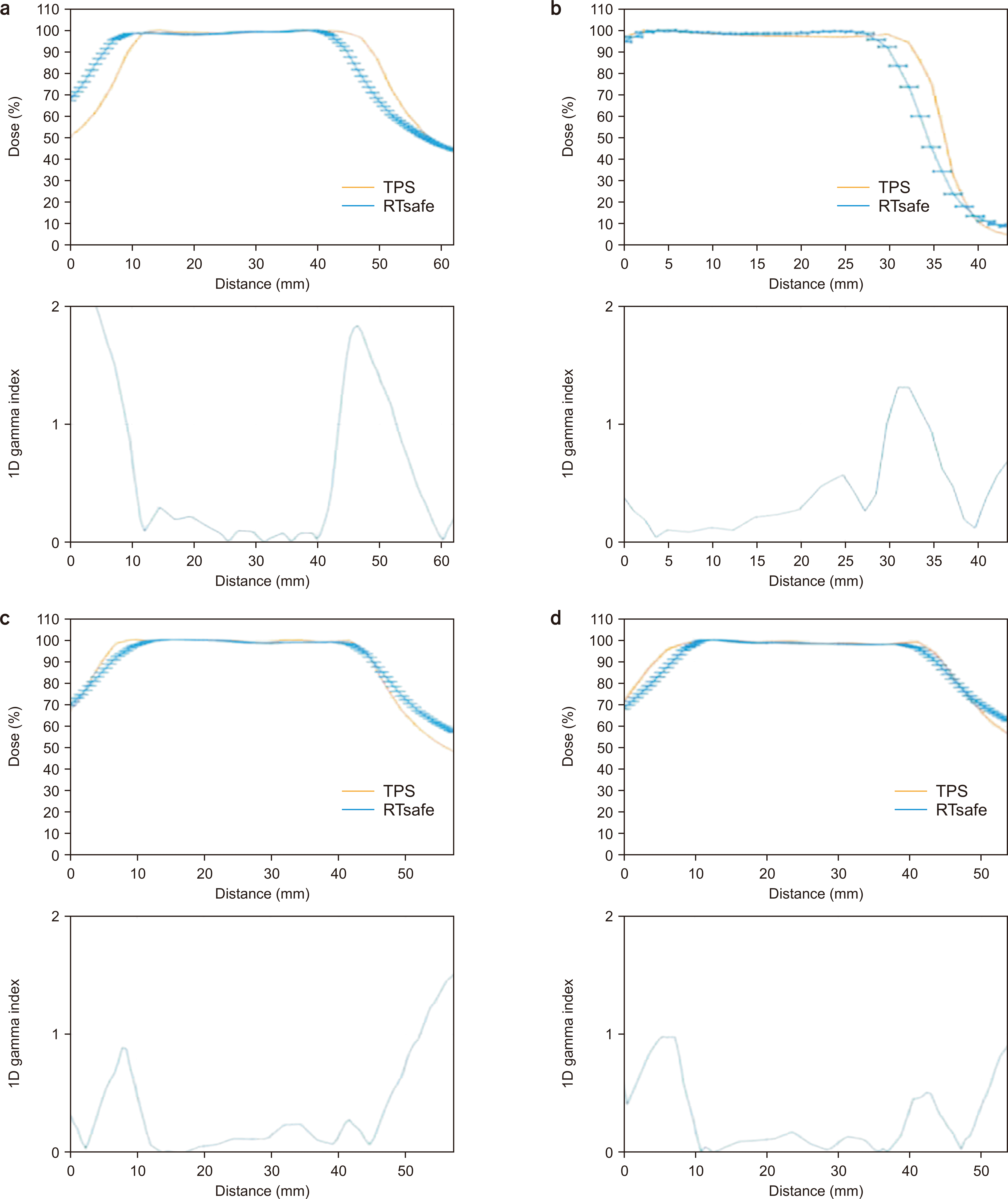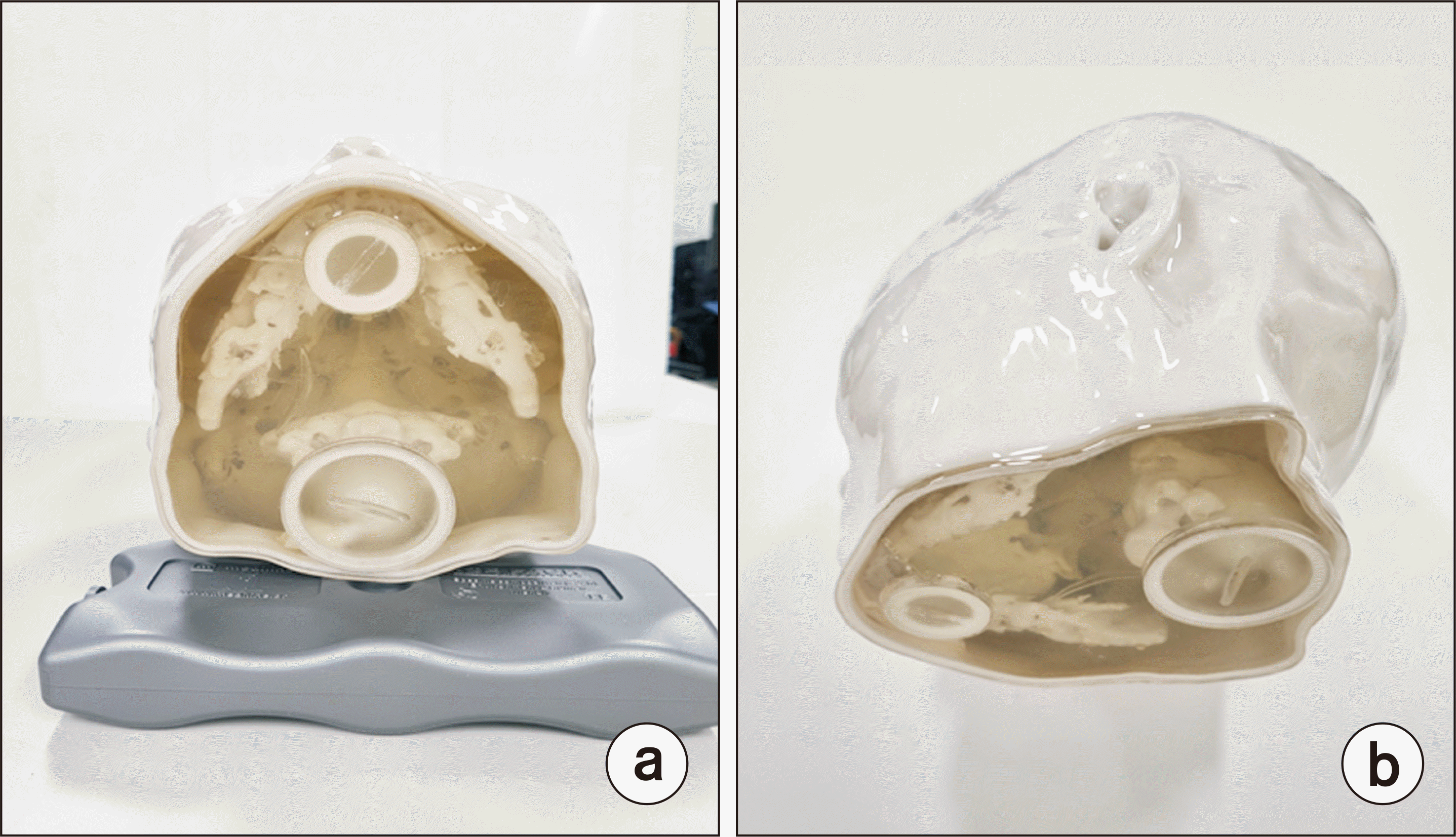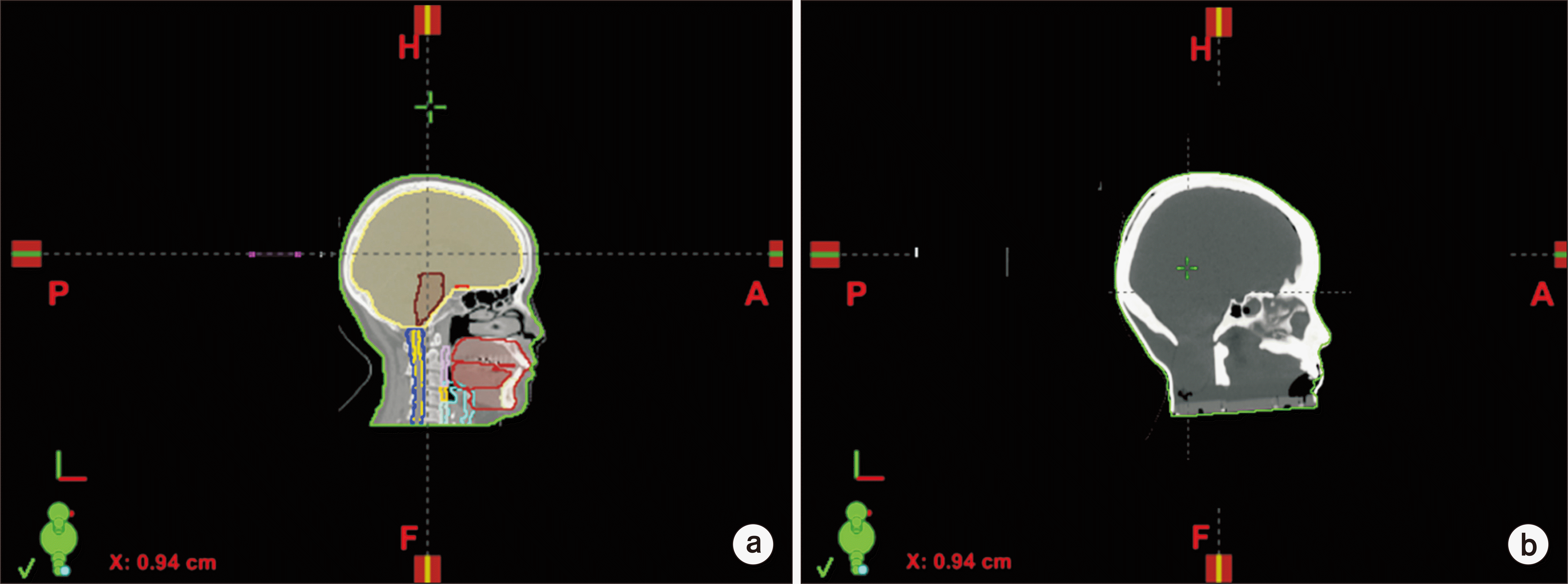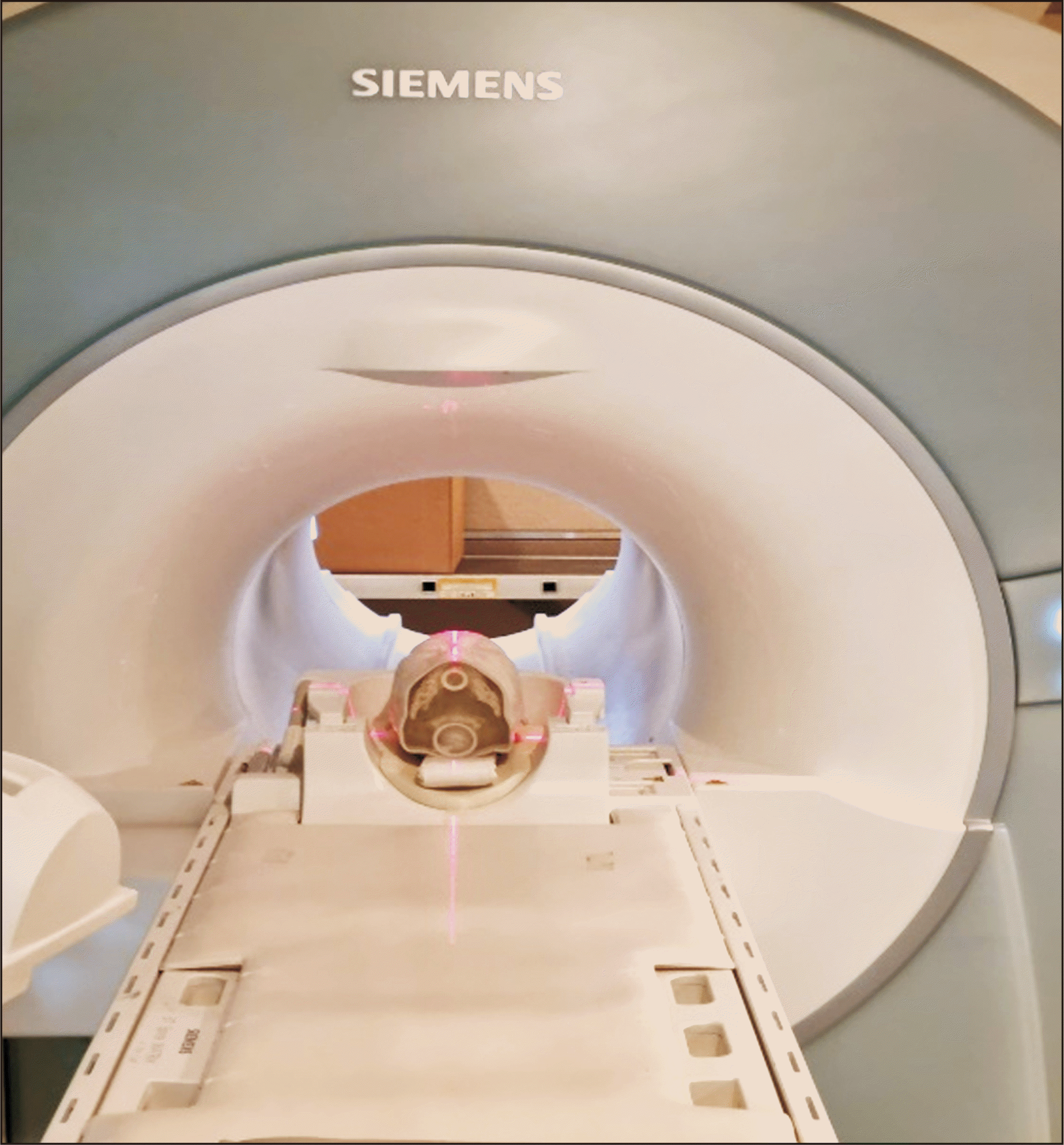1. Ezzell GA, Galvin JM, Low D, Palta JR, Rosen I, Sharpe MB, et al. 2003; Guidance document on delivery, treatment planning, and clinical implementation of IMRT: report of the IMRT Subcommittee of the AAPM Radiation Therapy Committee. Med Phys. 30:2089–2115. DOI:
10.1118/1.1591194. PMID:
12945975.

2. Chin LS, Regine WF. 2010. Principles and practice of stereotactic radiosurgery. Springer Science+Business Media;New York:
3. Park HJ, Griffin RJ, Hui S, Levitt SH, Song CW. 2012; Radiation-induced vascular damage in tumors: implications of vascular damage in ablative hypofractionated radiotherapy (SBRT and SRS). Radiat Res. 177:311–327. DOI:
10.1667/RR2773.1. PMID:
22229487.

4. Gigliotti MJ, Hasan S, Liang Y, Chen D, Fuhrer R, Wegner RE. 2018; A 10-year experience of linear accelerator-based stereotactic radiosurgery/radiotherapy (SRS/SRT) for paraganglioma: a single institution experience and review of the literature. J Radiosurg SBRT. 5:183–190.
5. Kry SF, Molineu A, Kerns JR, Faught AM, Huang JY, Pulliam KB, et al. 2014; Institutional patient-specific IMRT QA does not predict unacceptable plan delivery. Int J Radiat Oncol Biol Phys. 90:1195–1201. DOI:
10.1016/j.ijrobp.2014.08.334. PMID:
25442044. PMCID:
PMC4276500.

6. Hillman Y, Kim J, Chetty I, Wen N. 2018; Refinement of MLC modeling improves commercial QA dosimetry system for SRS and SBRT patient-specific QA. Med Phys. 45:1351–1359. DOI:
10.1002/mp.12808. PMID:
29431865.

7. Kim JS, Park BR, Yoo J, Ha WH, Jang S, Jang WI, et al. 2021; Measurement uncertainty analysis of radiophotoluminescent glass dosimeter reader system based on GD-352M for estimation of protection quantity. Nucl Eng Technol. DOI:
10.1016/j.net.2021.08.016.

8. Molazadeh M, Robatjazi M, Geraily G, Rezaeejam H, Zeinali A, Shirazi A. 2021; Three-dimensional IMRT QA of Monte Carlo and full scatter convolution algorithms based on 3D film dosimetry. Radiat Phys Chem. 186:109528. DOI:
10.1016/j.radphyschem.2021.109528.

9. Choi JW, Choi JY, Kim BC, Joo KK. 2021; Feasibility study of a portable and fast spatial dosimeter using an alcohol-based liquid scintillator and a digital camera. J Korean Phys Soc. 79:810–817. DOI:
10.1007/s40042-021-00306-9.

10. Eidi T, Aghamiri SMR, Jaberi R, Baghani HR. 2022; On measuring the 3D dose distribution for notched and circular Ru-106 plaque shapes through Gafchromic film dosimetry approach. Radiat Phys Chem. 190:109792. DOI:
10.1016/j.radphyschem.2021.109792.

11. Silveira MA, Pavoni JF, Baffa O. 2017; Three-dimensional quality assurance of IMRT prostate plans using gel dosimetry. Phys Med. 34:1–6. DOI:
10.1016/j.ejmp.2016.12.007. PMID:
28108100.

12. Lee M, Noh S, Yoon KJ, Lee SW, Yoon SM, Jung J, et al. 2020; Feasibility study of polymer gel dosimetry using a 3D printed phantom for liver cancer radiotherapy. J Korean Phys Soc. 76:453–457. DOI:
10.3938/jkps.76.453.

13. Matrosic CK, Holmes S, Bednarz B, Culberson W. 2019; Evaluation of a clinical dose accumulation algorithm using deformable gel dosimetry. J Phys Conf Ser. 1305:012002. DOI:
10.1088/1742-6596/1305/1/012002.

15. Pérez P, Torres PR, Bruna A, Brunetto M, Aon E, Franco D, et al. 2021; Fricke gel xylenol orange dosimeter layers for stereotactic radiosurgery: a preliminary approach. Appl Radiat Isot. 178:109936. DOI:
10.1016/j.apradiso.2021.109936. PMID:
34592691.

16. Hebb AO, Poliakov AV. 2009; Imaging of deep brain stimulation leads using extended Hounsfield unit CT. Stereotact Funct Neurosurg. 87:155–160. DOI:
10.1159/000209296. PMID:
19321968.







 PDF
PDF Citation
Citation Print
Print








 XML Download
XML Download